Ocean warming and increased frequency of marine heatwaves could lead to higher bycatch rates, scientists say
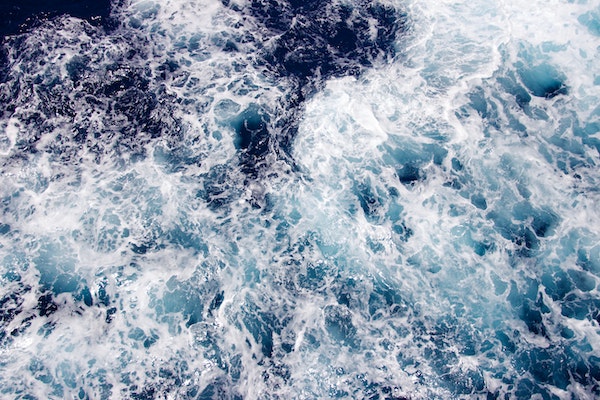
Rates of Chinook salmon bycatch in the Pacific hake fishery rise during years when ocean temperatures are warmer – a sign that the effects of climate change and increased frequency of marine heatwaves could lead to higher bycatch rates, a new study indicates.
During years when sea surface temperatures were higher, including during a marine heatwave, Chinook salmon were more likely to overlap with the Pacific hake and raise the risk of bycatch as they sought refuge from higher temperatures.
The findings, based on 20 years of bycatch data and ocean temperature records, provide new insight into the ecological mechanisms that underlie bycatch, which is the incidental capture of a non-targeted species, said the study’s lead author, Megan Sabal.
“The impact of ocean warming on bycatch has potential cultural, economic and ecological consequences, as the hake and salmon fisheries are each worth millions of dollars and salmon are critical to both Indigenous tribes’ cultural heritage and healthy ecosystems,” said Sabal, who worked on the project as a postdoctoral scholar at Oregon State University.
Pacific hake, also known as Pacific whiting, is the largest commercial fishery by tonnage on the U.S. West Coast. The bycatch rate is low but bycatch remains a concern for the Chinook salmon population, said Michael Banks, a marine fisheries genomics, conservation and behavior professor at Oregon State University and a co-author of the study.
“The hake fishing industry is very sensitive to the impacts of bycatch on salmon and has been diligent in reducing it, but changing climate conditions might become an increasing issue,” he said.
Pacific hake school in midwater depths off the West Coast from southern Baja California to the Gulf of Alaska. Hake is commonly used in surimi, a type of minced fish used to make imitation crab.
Most hake fishing occurs at depths of 200 to 300 meters and Chinook salmon typically occupy shallower depths. If changing water temperature affects salmon distribution, that could increase salmon bycatch, the researchers noted.
“Developing a mechanistic understanding of how environmental conditions might impact bycatch can help us prepare for the future and think about how to adapt current strategies to keep up with a changing world,” said co-author Kate Richerson of the NOAA’s Northwest Fisheries Science Center Newport Research Station.
To better understand the impacts of changing ocean conditions, the researchers tapped into 20 years of data collected through NOAA’s At-Sea Hake Observer Program. Observers were placed aboard hake catcher-processor vessels and motherships that receive catch to process and record information about fishing depth and location, species composition and more.
The researchers modeled observer data and genetic stock identification to show salmon moving lower into the water column during higher temperatures.
“These behavioral changes can provide important information for researchers and can also inform creative conservation solutions,” Sabal said.
The researchers also found that limiting night fishing, a common mitigation strategy to reduce bycatch, will likely become less effective when sea surface temperatures are warmer near the surface.
The findings suggest that new strategies may be needed to continue mitigating bycatch in the hake fishery, Banks said. As technology improves, fishermen and fishery managers might be able to forecast bycatch impacts based on real-time ocean condition information and make adaptive management decisions about fishing strategy based on those conditions.
“As the oceans and the world are changing, the conflict between the two fisheries is showing up in new ways,” he said. “And we may need to shift strategies based on this understanding.”
Follow the Advocate on Twitter @GSA_Advocate
Now that you've reached the end of the article ...
… please consider supporting GSA’s mission to advance responsible seafood practices through education, advocacy and third-party assurances. The Advocate aims to document the evolution of responsible seafood practices and share the expansive knowledge of our vast network of contributors.
By becoming a Global Seafood Alliance member, you’re ensuring that all of the pre-competitive work we do through member benefits, resources and events can continue. Individual membership costs just $50 a year.
Not a GSA member? Join us.
Author
-
Responsible Seafood Advocate
[103,114,111,46,100,111,111,102,97,101,115,108,97,98,111,108,103,64,114,111,116,105,100,101]
Related Posts
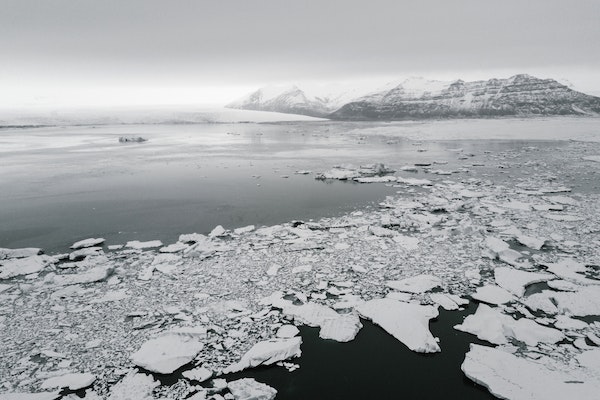
Fisheries
Study: Most marine fish are responding to ocean warming by relocating toward the poles
Fish populations are responding to ocean warming by shifting toward the earth’s poles or moving to deeper waters – all in a bid to stay cool.
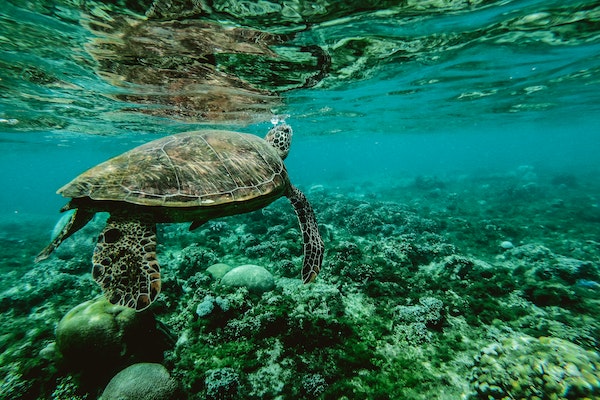
Responsibility
Hottest ocean temperature record set in 2022 for seventh consecutive year
Research says a record-high ocean temperature combined with greater salinity could create inhospitable ocean conditions for marine life.
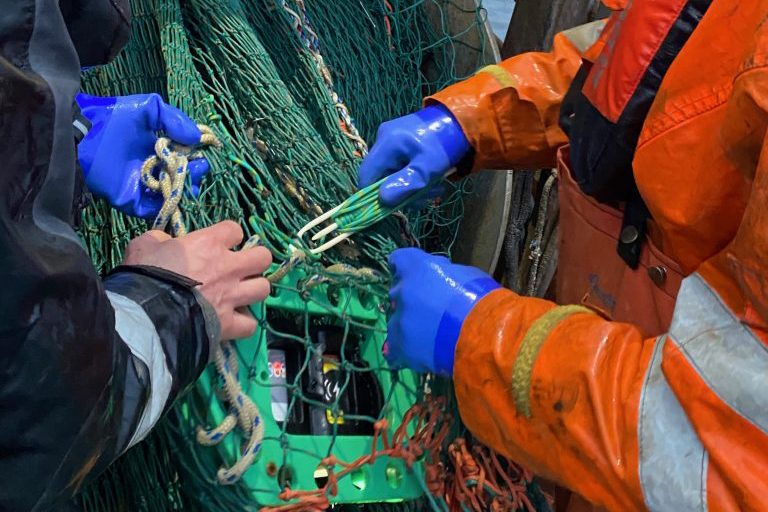
Fisheries
‘A world down below’ – Deeper fishing insights lead to better tools for bycatch reduction
High-tech bycatch reduction devices – data analytics, cameras and sensors – are in play but SafetyNet Technologies says the secret is collaboration.
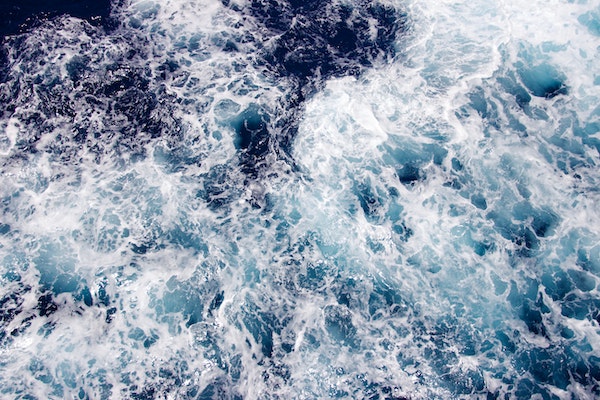
Responsibility
U.S. government releases first-ever Ocean Climate Action Plan
The Ocean Climate Action Plan is the first-ever government-wide strategy to maximize the power of the ocean to combat climate change.



